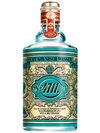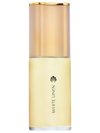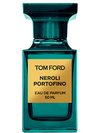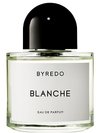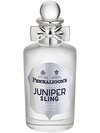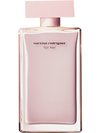Gregorio Sola, Lifestyle Brands Perfumer at Puig, points out that today we can differentiate between two types of perfumes with a clean scent: Fresh & Clean and Soft & Clean.
"In the former, we work with transparent, luminous ingredients and aldehydic notes on chords that translate the smell of a clean, freshly washed white T-shirt. In the latter, we look for a transparent softness, a bit of clean cosmetics, in which soft flowers, such as peony, lilac and freesia, are wrapped in soft and cosmetic chords, slightly powdery, clean and comfortable to transmit that sensation of clean seduction," explains Sola.
Why are clean-smelling perfumes so popular? According to Sola, we increasingly like the sensations of lightness and nature. "The sensation of freshness, comfort and cleanliness, integrated in floral or fougère families, gives us an extra sense of naturalness, clean air and transparency," he says.
"When it comes to men's fragrances, there is a return to the 1970s, but with 21st century ingredients, combining cleansing and shaving accords with modern and innovative ingredients," he reveals.







